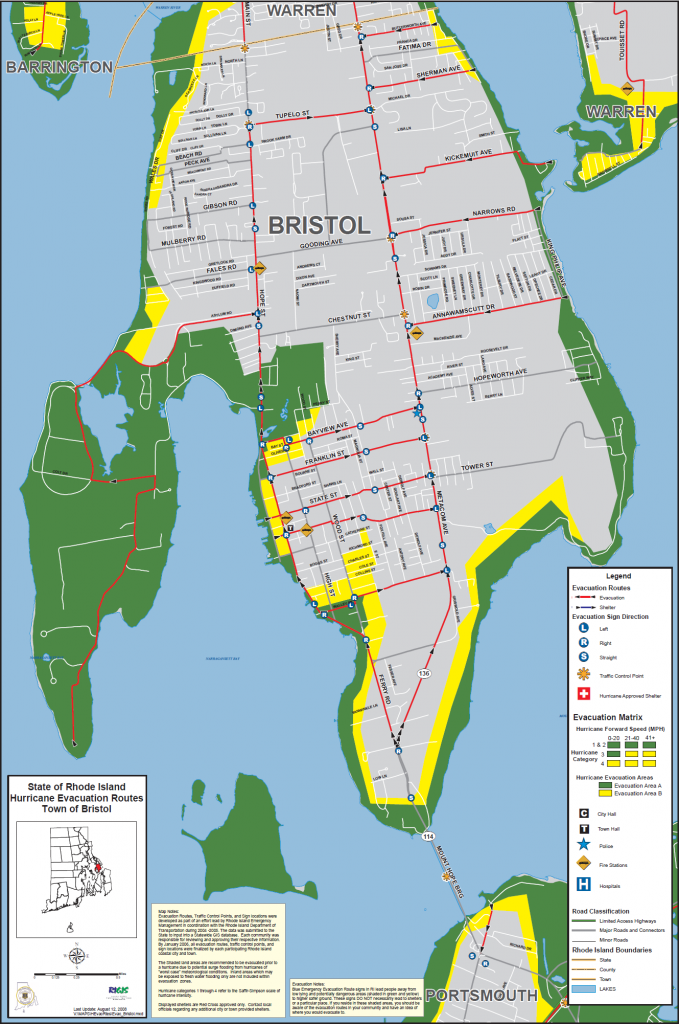According to the Federal Bureau of Investigation (FBI; 2007) and the U.S. Department of Justice (2009), the WMD Coordinator, a designated Special Agent within each field office, is responsible for initiating the federal response to any possible WMD event. “The Attorney General has lead authority to investigate federal crimes, which includes the use or attempted use of a WMD. 28 U.S.C. § 533 (2008) and 18 U.S.C. § 2332(a) (2008). The Attorney General has delegated much of this investigative authority to the FBI” (U.S. Department of Justice, 2009, p. 1). The WMD Coordinator helps to fulfill this mandate by being the point of contact for local and state officials when an event involving an WMD is suspected to have occurred.
In the Mattapan scenario, the initial response by the Boston Police Department and the Massachusetts Bay Transit Authority Police Department unveil a possible attempt to utilize an explosive to disseminate a chemical or biologic material in a public place. As soon as this plot is uncovered, an emergency response plan should be initiated, which involves notifying the Boston FBI field office of the suspected WMD event. The WMD Coordinator of the Boston field office would be the person receiving this notification. The Massachusetts State Police would also be notified to respond as they are able to provide their own subject matter experts and resources.
As a WMD subject matter expert, once notified of the circumstances, according to the FBI (2007), the WMD Coordinator responds to the scene and assists local and state law enforcement in determining the threat. Once it is established that an WMD is involved, whether by direct investigation at the scene or based on reports from law enforcement, the WMD Coordinator would immediately notify the WMD Directorate at FBI Headquarters. This notification would activate a team of WMD experts who would participate in a conference call with the WMD Coordinator to further identify the threat and, also, identify the additional federal resources needed to respond to the event. The additional resources could be individual experts, federal response teams from other departments or bureaus (e.g. the Joint Terrorism Task Force, the Bureau of Alcohol, Tobacco, Firearms, and Explosives), or the special teams of the FBI, including the Chemical and Biological Sciences unit (to identify the particular payload material), photo operations personnel, an explosives team (based on the dispersal mechanism being explosives), the disaster squad (to identify any potential victims), and the national level Hazardous Material Response Unit and the local Hazardous Material Response Team to collect evidence from the scene. The WMD Coordinator would, then, be responsible for leading the investigation.
The WMD Coordinator would most likely fulfill his role within the unified incident command structure as Law Enforcement Command. This position would allow him or her to delegate the responsibilities of the response, including the need to provide information to the public. Public Information Officers provide a critical role in major response efforts. They provide enough information to the public to allay any unfounded fears, provide direction and instructions when needed, and filter sensitive information so that it does not become public knowledge. It is important for the public to be apprised of the situation in a calm and authoritative manner to assure them that everything necessary is being done. It is also important for the public to understand the risks of the situation in a realistic manner to prevent a mass overreaction.
The WMD Coordinator position is a valuable tool of the FBI and the federal government. Though the value of this position has been criticized for the lack of readiness and training, preparations are being undertaken to ensure a quality approach to responding to WMD events in the future (McDonald, 2009; U.S. Department of Justice, 2009).
Federal Bureau of Investigation. (2007, March 5). WMD threats: How we respond. Retrieved from http://www2.fbi.gov/page2/march07/wmd030507.htm
McDonald, J. (2009, October 8). FBI WMD Coordinator program needs improvement [Web log]. The OC Sheriff Blog. Retrieved from http://blog.ocsd.org/post/2009/10/08/Audit-of-FBI-Weapons-of-Mass-Destruction-Coordinator-Program-Recommends-Improvements.aspx
U.S. Department of Justice. (2009, September). The Federal Bureau of Investigation’s Weapons Of Mass Destruction Coordinator program (Audit Report #09-36). Retrieved from http://www.justice.gov/oig/reports/FBI/a0936.pdf


